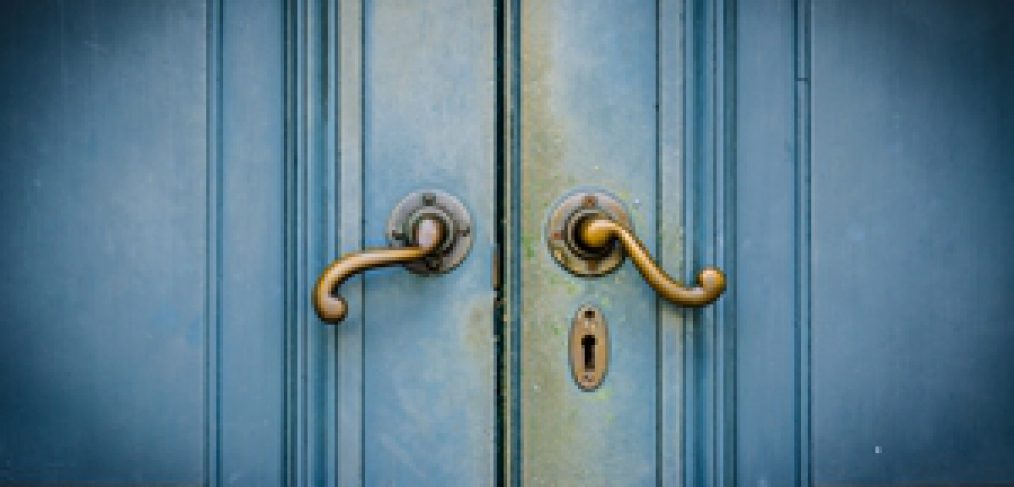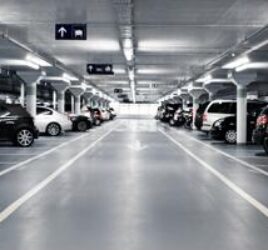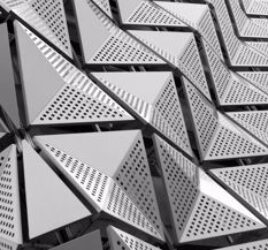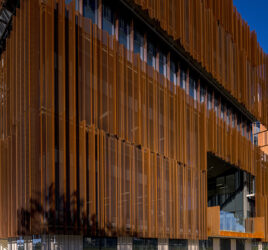
The relationship between architecture and burglary
Architects consider many things when designing a building: location, environment, technology, aesthetic appeal, and most importantly the people who will use the new space. But not everyone will use a building the way the architect would like – criminals can take advantage of architectural features in unexpected ways. Luckily, Locker Group can offer some solutions.
The unintended beneficiaries of architecture
‘A Burglar’s Guide to the City’ is a new book by American architectural writer Geoff Manaugh that details the history of how burglary and building design interact. He argues that architectural decisions that are intended to benefit a building’s occupants can provide unforeseen opportunities for burglars and other criminals.
You can’t know exactly how people will treat a space, for good or ill, until it’s built and occupied.
When designing a building for people to interact with, an architect will have in mind a particular way they expect people to use the space – they’ll walk through here, they’ll stay on top of here, and so on. But burglars and other criminals will look at the space and see its potential for different interactions – I could climb through there, or jump from here to there.
“A burglar comes along and says, ‘Look, I’m not going to follow the path that you, the architect, have laid out for me,'” Manaugh told Citylab.com.
Criminals will inevitably see their own paths through a space, and the trespassers who filmed themselves breaking into West Ham Stadium in London show that it’s not just thieves who revel in these unintended routes.
 Burglars see architectural features as potential entry points to a building.
Burglars see architectural features as potential entry points to a building.Locker Group’s answers to your security needs
You can’t know exactly how people will treat a space, for good or bad, until it’s built and occupied. But you can take steps to limit the opportunities for misuse, and protect your building from intrusions and theft. A good early step at the design stage is incorporating materials that make it hard to break in.
When worked into facades or fencing, Locker Group’s perforated and expanded metal can provide a physical barrier without blocking light. With the range of colour and texture options available, you can design a space that prevents unwanted intruders, yet still feels inviting to your desired audience.
For a more intense level of security, our expanded security mesh offers a cost-effective anti-climb solution. Its development was a collaborative effort between Locker Group and the New South Wales Department of Corrective Services, with a prison level of security in mind.
Expanded security mesh is available in steel or aluminium and can be galvanised, giving you options to suit the aesthetic and practical needs of your design.
architectural perforated pic.twitter.com/edma192RSz
— Locker Group (@LockergroupANZ) June 10, 2014
Preventing crime though environmental decisions
In the paper ‘Designing Out Crime: Crime prevention through environmental design’, Susan Geason and Paul R. Wilson of the Australian Institute of Criminology discuss the idea that environmental factors can prevent crime not only by making it physically impractical (building a wall that cannot be climbed, say) but by making it psychologically unappealing. Ways to do this include making spaces well lit, or feel like they are under surveillance to dissuade potential criminals from the idea of committing a crime.
Manaugh agrees that design decisions can help with security, telling Citylab that the choices you make about landscaping or layout can help eliminate the blind spots that provide criminals with the opportunities to break in, for example.
Making buildings secure is partly a case of making smart, aware design decisions. It is also about making the most of materials that offer added protection to the structure. Locker Group products can be incorporated into many aspects of an architectural design, to provide not only comfort and delight to the desired occupants of the building, but obstruction and disincentive to undesired intruders. To find out more about how our architectural products could help your next design project, please get in touch today.




